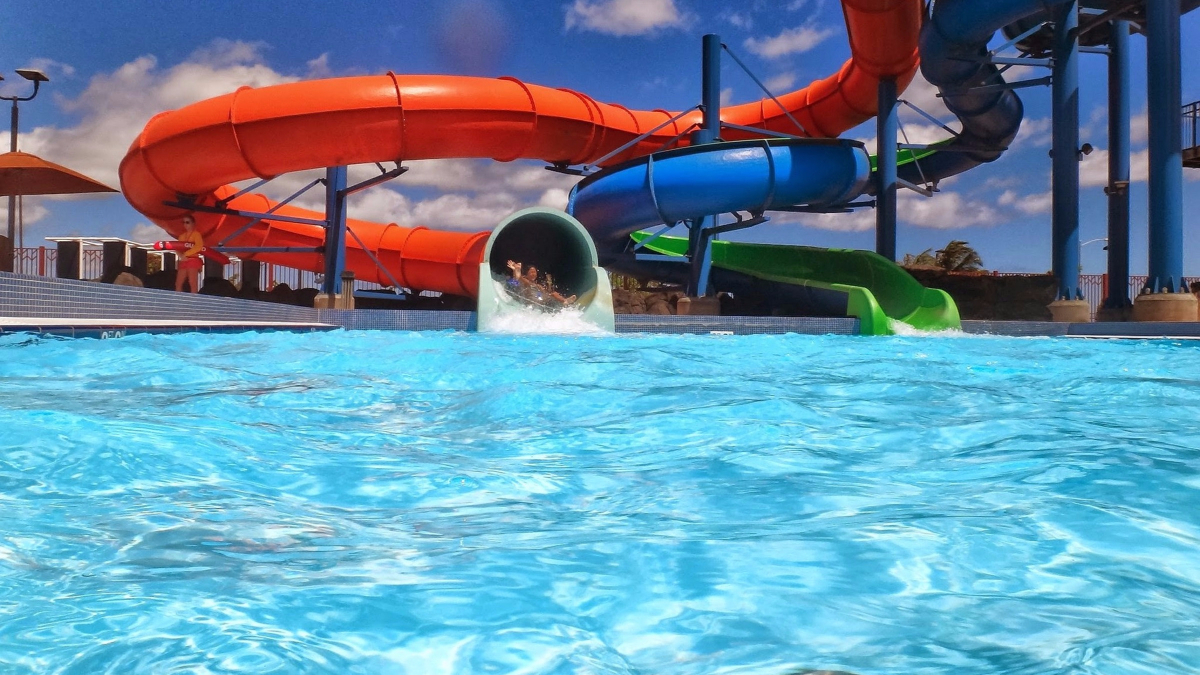In an effort to get the record for having the world’s largest waterslide, the Schlitterbahn Waterpark in Kansas City rushed through the building of a ride that was as structurally complex as it was dangerous. They ignored all the “red flags” with regard to safety, and they used crude methods instead of performing proper calculations. This act of negligence resulted in the death of a 10-year-old boy and more than a dozen injuries. The boy was decapitated while riding the 170-foot-tall slide. A year and a half after his death, the Attorney General’s Office for the State of Kansas has announced the filing of criminal charges against the company and one of its employees.
Both Schlitterbahn and Tyler Austin Miles (the former director of operations) are facing charges of involuntary manslaughter as well as several counts of battery, child endangerment, and interference with law enforcement. They claim that the company knew the slide wasn’t safe as there had been several injuries that had been reported before the boy’s death. The spokeswoman for Schlitterbahn denied that the company and Miles withheld any information or evidence. She said the boy’s death was the result of an accident – not a crime.
The 47-page indictment has detailed evidence that has been gathered from emails, memos, blueprints, videos, photos, and accounts from witnesses. It paints a different picture than what she and the company described. It proves that the company took little to no consideration for people’s safety, and they were only concerned about breaking a world record. The ride is a cross between a roller-coaster and a waterslide, and it was a spur-of-the-moment proposal that was meant to impress the producers of Travel Channel’s Extreme Waterparks series. Since the ride was opened in July of 2014, and before the boy’s death approximately two years later, 13 people have been injured because a raft went airborne and hit both the net and the suspended hoops. The boy was decapitated when the raft hit one of the hoops.
The indictment suggests that the company was aware of the dangers, and they knew that the ride could possibly kill people. Yet, despite the warnings, they rushed for a faster completion date. Investigations also revealed that the company hired an engineering firm to perform tests on the ride a week before it was officially opened, but they decided to ignore the results (which showed that a raft carrying 400-500 pounds of weight could go airborne).


